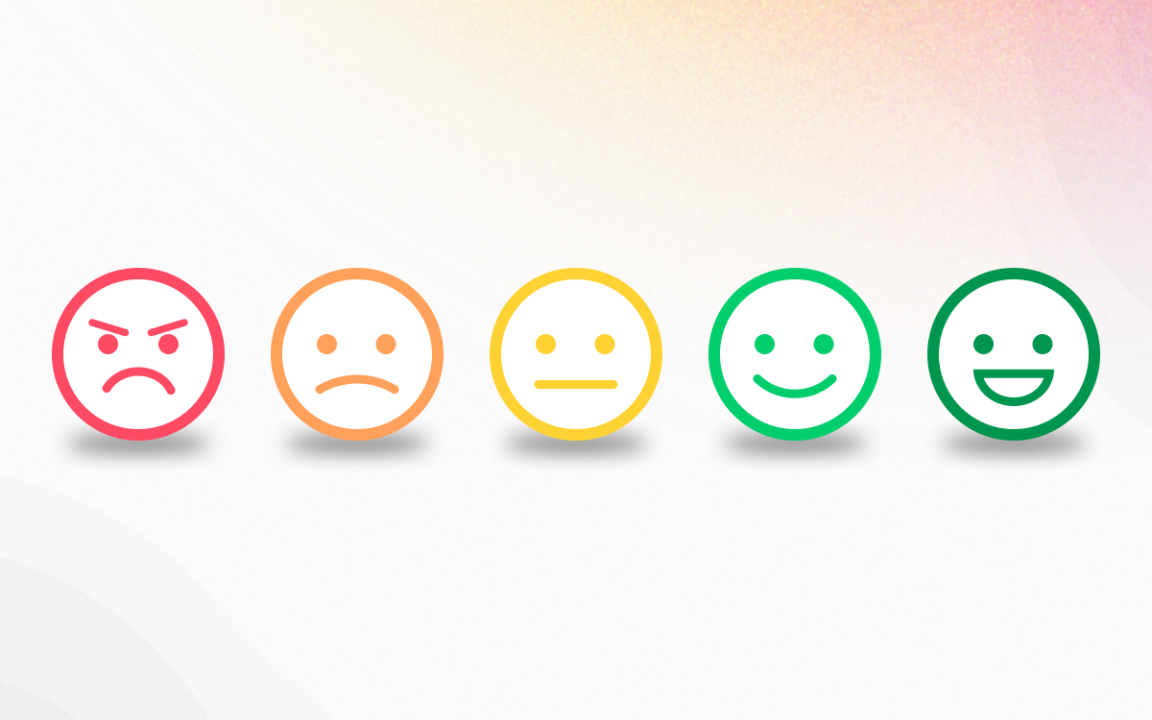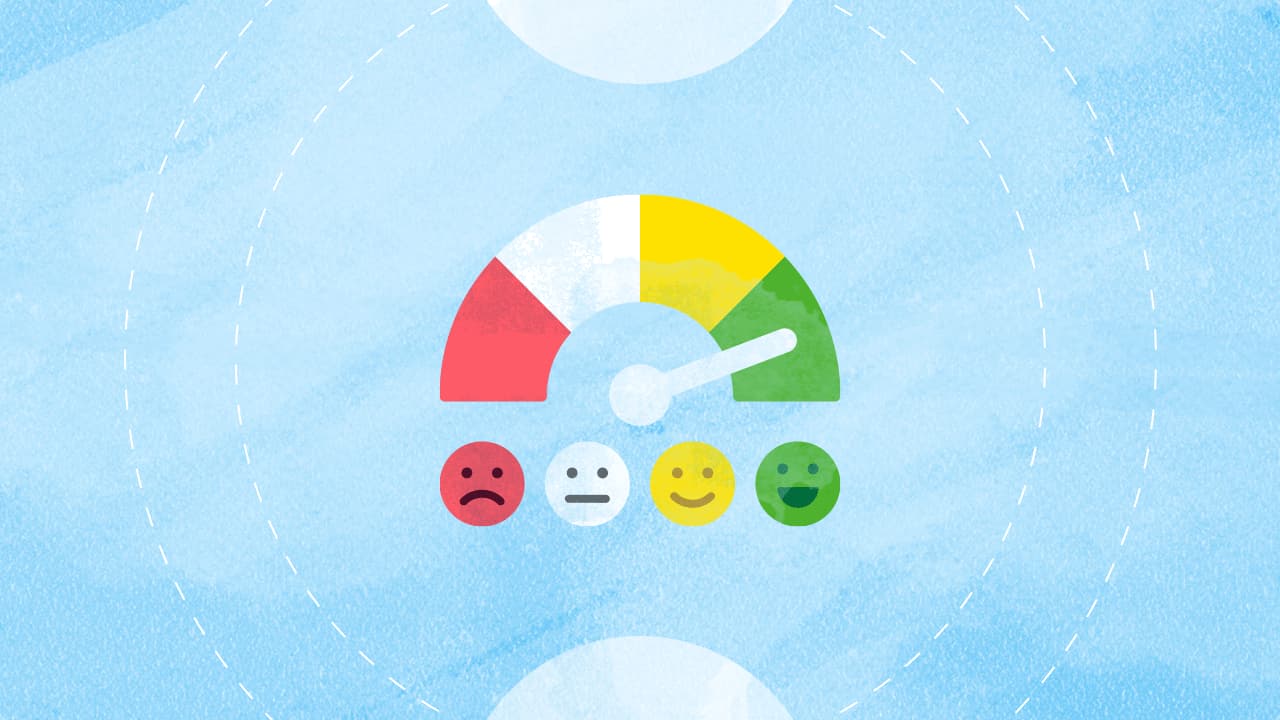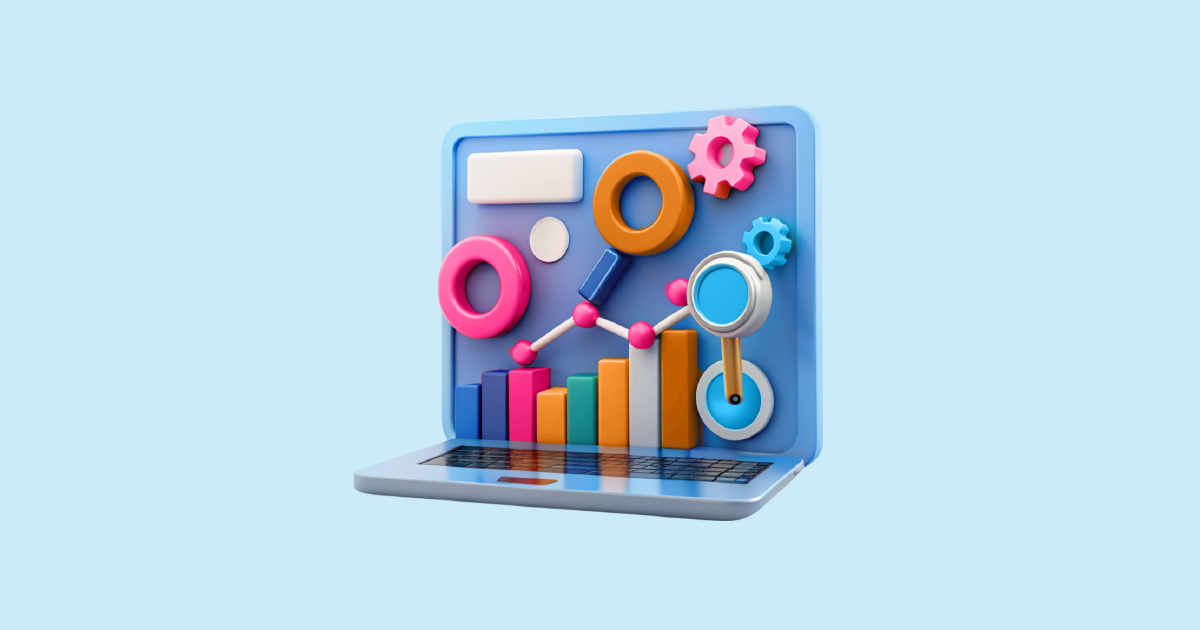In a world where online presence is crucial, understanding what people think about your brand, products, or services is invaluable. Enter social sentiment analysis tools—powerful software designed to interpret the emotions and opinions expressed in online content. But what exactly are these tools, and why are they so important?
The Need for Social Sentiment Analysis Tools

1. Benefits for Businesses
Businesses can harness social sentiment analysis to understand customer feelings, improve products and services, and tailor marketing strategies. By analyzing sentiments, companies can make data-driven decisions that enhance customer satisfaction and loyalty.
2. Use Cases Across Industries
From retail to healthcare, social sentiment analysis has diverse applications. For instance, in the hospitality industry, hotels can monitor guest reviews to improve services. In politics, sentiment analysis can gauge public opinion on policies and candidates.
Types of Social Sentiment Analysis Tools
1. Basic Text Analysis Tools
These tools offer fundamental text analysis capabilities, identifying positive, negative, or neutral sentiments in simple text data. They are suitable for small businesses with limited data.
2. Advanced AI-Powered Tools
Leveraging AI and machine learning, advanced tools provide more nuanced insights, including emotion detection, sarcasm recognition, and trend analysis. They are ideal for larger enterprises with complex data needs.
Key Features to Look for in a Social Sentiment Analysis Tool
1. Accuracy
High accuracy is crucial for reliable insights. Tools should accurately interpret the sentiment behind words, even in complex contexts.
2. Real-time Analysis
Real-time capabilities allow businesses to respond quickly to emerging trends or potential crises, maintaining a proactive approach.
3. Multi-language Support
In a global market, tools that support multiple languages can analyze sentiments across different regions, offering a broader perspective.
4. Integration Capabilities
Effective tools should integrate seamlessly with existing business systems like CRM and marketing platforms, ensuring smooth data flow and comprehensive analysis.
Top Social Sentiment Analysis Tools in 2024
AIM Insights: Overview and Features
AIM Insights provides AI sentiment analysis with high accuracy and real-time monitoring. It supports multiple languages and integrates well with popular CRM systems.
Brandwatch: Overview and Features
Brandwatch stands out with its advanced AI capabilities, including emotion detection and sarcasm recognition. It’s perfect for businesses looking for in-depth sentiment analysis.
Brand24: Overview and Features
Brand24 offers user-friendly features and scalability, making it suitable for both small and large enterprises. Its integration capabilities are top-notch, ensuring smooth operation across various platforms.
How to Choose the Right Tool for Your Business
1. Assessing Your Needs
Identify what you need from a sentiment analysis tool. Are you looking for basic sentiment detection or advanced features like emotion recognition?
2. Budget Considerations
Consider your budget. While advanced tools offer more features, they may come at a higher cost. Balance your needs with your budget to make an informed choice.
3. Ease of Use
A user-friendly interface can save time and reduce the learning curve, ensuring your team can quickly adopt and utilize the tool effectively.
Challenges
1. Data Privacy Concerns
Handling large volumes of personal data comes with privacy risks. Ensuring compliance with data protection regulations is essential.
2. Handling Sarcasm and Irony
Sarcasm and irony can be challenging for even the most advanced tools to detect accurately, often leading to misinterpretation of sentiments.
3. Language and Cultural Differences
Different languages and cultures express sentiments uniquely. Tools must account for these variations to provide accurate insights.
Future Trends
1. Emerging Trends
Future trends include more sophisticated AI algorithms, better emotion detection, and increased integration with other business tools.
2. Predictions for the Next Decade
In the next decade, we can expect social sentiment analysis to become more precise, with real-time, multilingual, and culturally aware capabilities becoming standard features.
Integrating Social Sentiment Analysis with Other Business Tools
1. CRM Systems
Integrating sentiment analysis with CRM systems can provide a comprehensive view of customer interactions and improve personalized marketing efforts.
2. Marketing Automation Platforms
By combining sentiment analysis with marketing automation, businesses can craft more effective and timely marketing campaigns, enhancing customer engagement.
The Role of AI in Enhancing Social Sentiment Analysis
1. Machine Learning Algorithms
Machine learning algorithms enable tools to learn from data and improve over time, offering more accurate sentiment detection.
2. Natural Language Processing
NLP techniques allow tools to understand context, nuances, and complexities in human language, enhancing the quality of sentiment analysis.
Measuring the ROI of Social Sentiment Analysis
1. Key Metrics to Track
Metrics such as sentiment score trends, customer satisfaction levels, and engagement rates can help measure the effectiveness of sentiment analysis efforts.
2. Reporting and Analytics
Comprehensive reporting and analytics provide valuable insights that guide strategic decisions and demonstrate the ROI of sentiment analysis initiatives.
Best Practices for Implementing Social Sentiment Analysis
1. Setting Clear Objectives
Define what you want to achieve with sentiment analysis, whether it’s improving customer service, enhancing marketing strategies, or monitoring brand reputation.
2. Regular Monitoring and Adjustments
Regularly monitor the performance of your sentiment analysis tools and make adjustments as needed to ensure they continue to meet your objectives.
Conclusion
Social sentiment analysis tools are indispensable in today’s digital landscape. They provide businesses with deep insights into customer opinions and emotions, enabling better decision-making and enhanced customer experiences. As technology advances, these tools will become even more powerful and integral to business strategies.
Ready to see how social sentiment analysis can benefit your business? Request a demo from AIM Technologies today and discover the power of advanced sentiment analysis tools!
FAQs
What is the primary purpose of social sentiment analysis?
- The primary purpose is to gauge public opinion about a brand, product, or service by analyzing online text data to identify sentiments as positive, negative, or neutral.
Can social sentiment analysis tools detect sarcasm?
- While advanced tools are improving in detecting sarcasm, it remains a challenging aspect due to the complex nature of sarcastic language.
How do businesses benefit from social sentiment analysis?
- Businesses can benefit by understanding customer sentiments, improving products and services, tailoring marketing strategies, and enhancing overall customer satisfaction.
Are there any free social sentiment analysis tools available?
- Yes, there are free tools available, though they may offer limited features compared to premium options.
What is the future of social sentiment analysis?
- The future includes more sophisticated AI algorithms, better emotion detection, real-time analysis, and increased integration with other business tools.




